at this National Gallery of Art family workshop Drawn into Nature, we explored the paintings of Georgia O’Keeffe and learned about her interest in nature, color, and abstraction. we then used soft pastels and conté crayon to make our own artwork.
nature
woods wise
this summer three of our girls attended
ancestral knowledge‘s woods wise camps.
the progression of their comfortability with nature
and knowledge and hands-on application of survival skills
makes me so…envious.
they came home mud-stained from neck to toes,
sometimes with a tick or two,
but always with a sense of confidence, camaraderie with their peers,
and calm.
i didn’t catch a pic of signGirl, but after her first woods wise camp
she is comfortable wielding a very sharp knife of her own,
and us parents are confident that she can handle it responsibly.
in woods wise 2,
among other things,
mercyGirl learned how to use a bow drill to make fire.
that’s some primitive power!

this is radianceGirl’s third woods wise camp.
she made her own bow and arrow.
how cool is that!
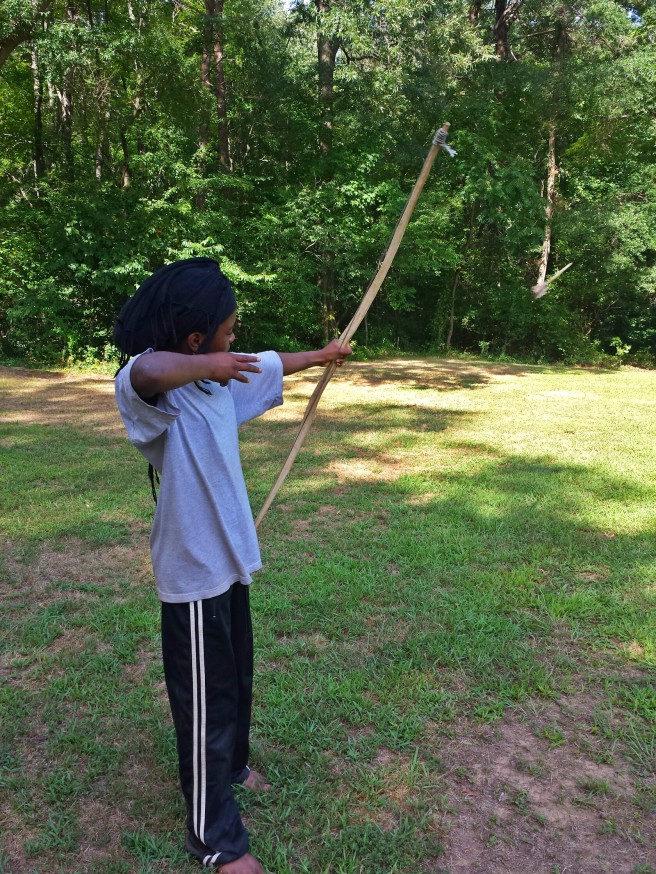
though they still ask us parents to remove spiders from their rooms
or squeal in terror because of some many-legged insect,
there is something about spending all day outdoors
(with some excellent counselors as their guides)
that gives them the courage to go farther.
you are what you crEATe
when homeschooling smart you have to know when to outsource. i like art, understand its importance across subject areas, but i find that scouring for art projects online and in books and then gathering the appropriate supplies is pretty low on my homeschool to-do list. programs like ArtReach check that box in a spectacular budget-friendly way. this is how the program description read for the fall session:
You are what you crEATe
From art’s earliest stages, food has been used as artistic language to express cultural, political and social values. Artists share depicted food as symbols to express ideas relating to identity through paintings, sculpture, and design. In this class students will look at how artists from the past and today use food as a visual tool for expression.
Working in collaboration with THEARC’s community garden, ArtReach students will explore the aesthetics of plants, urban ecosystems, and the landscape of their natural environment. Closely investigating the architectural design, colors and textures found in plants, root systems, invasive species, and garden design, this class will experiment with botanical drawing from observation, painting with plant based dyes, printmaking with vegetables, and book making utilizing natural objects.
Classes will work on collaborative and independent projects exploring their relationship to food found in their own backyard and halfway around the world.
The topic of food allows artists to express ideas relating to identity. Through observation and visual investigation, students will gain a better understanding of their own urban garden and the civic and environmental impact of the food industry at a local and global level.
there is a homeschooling parent who would put that much thought into her art program for the year, but i don’t know her. my big girls experimented in various mediums, looked at food from new angles, and made friends & original art.
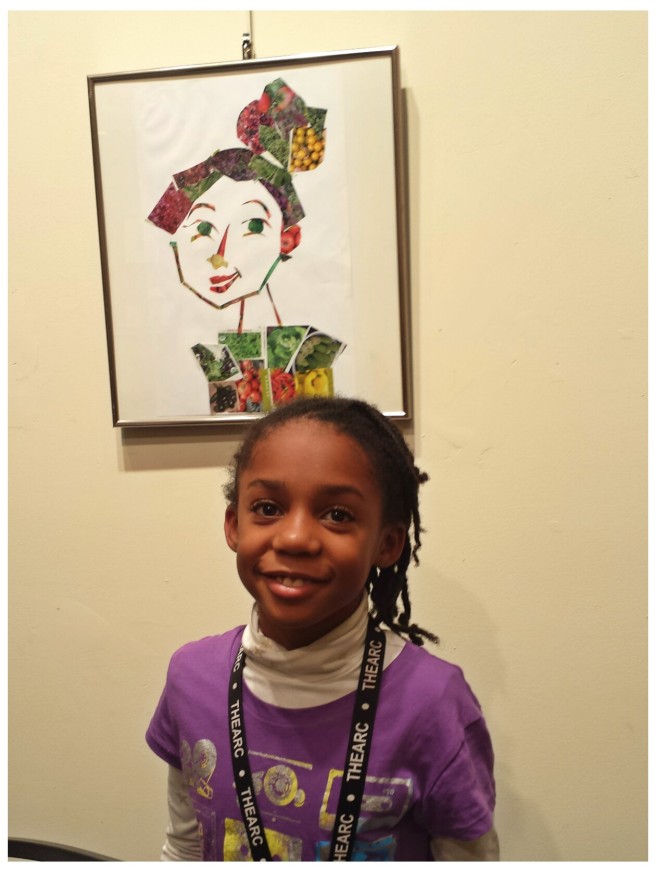

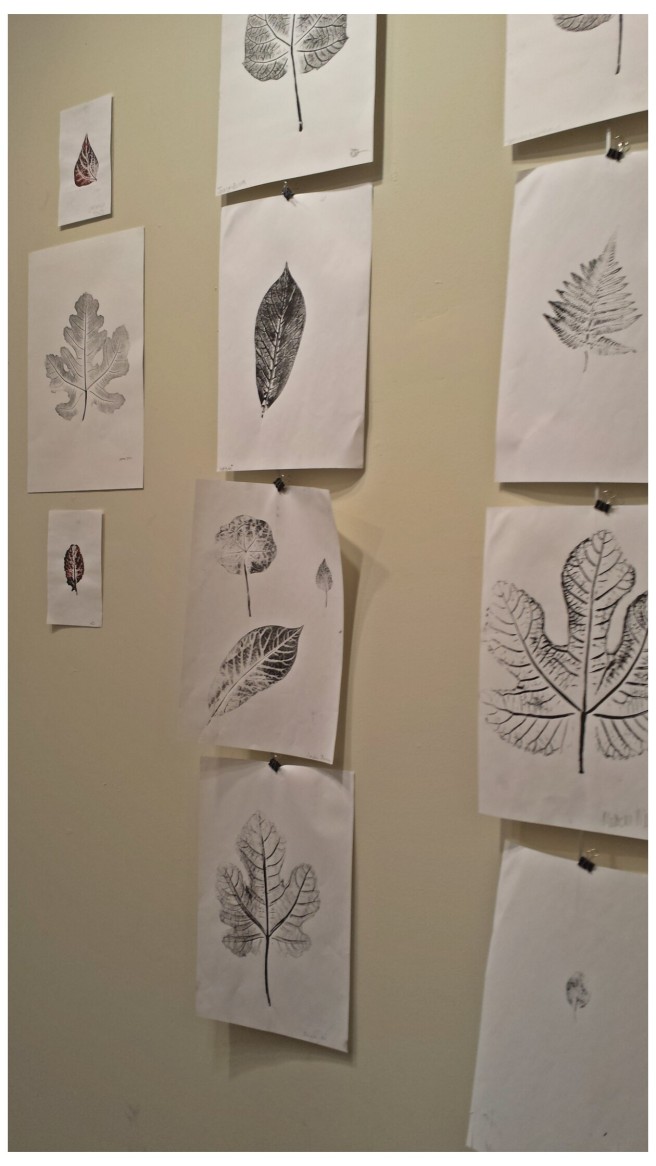
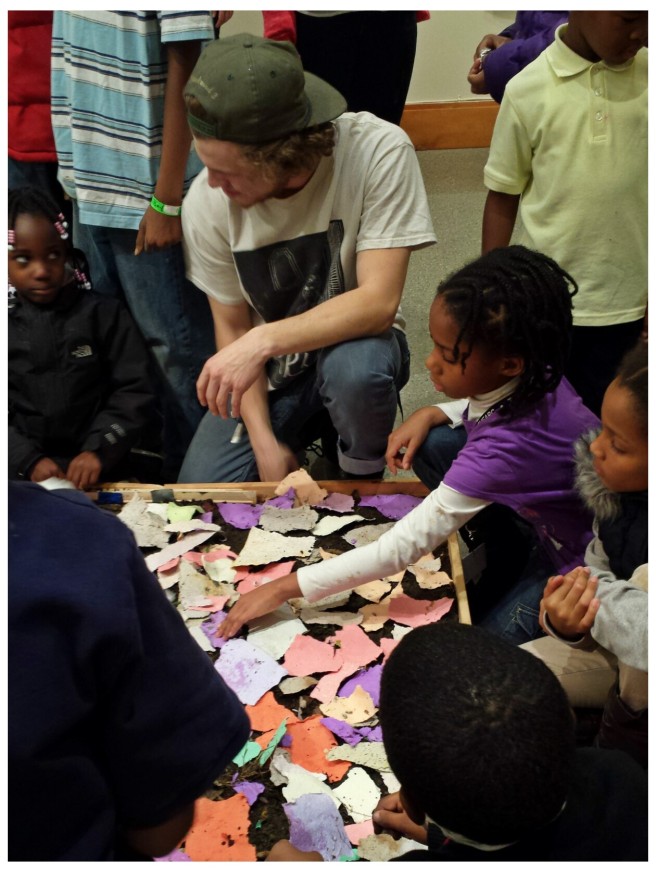
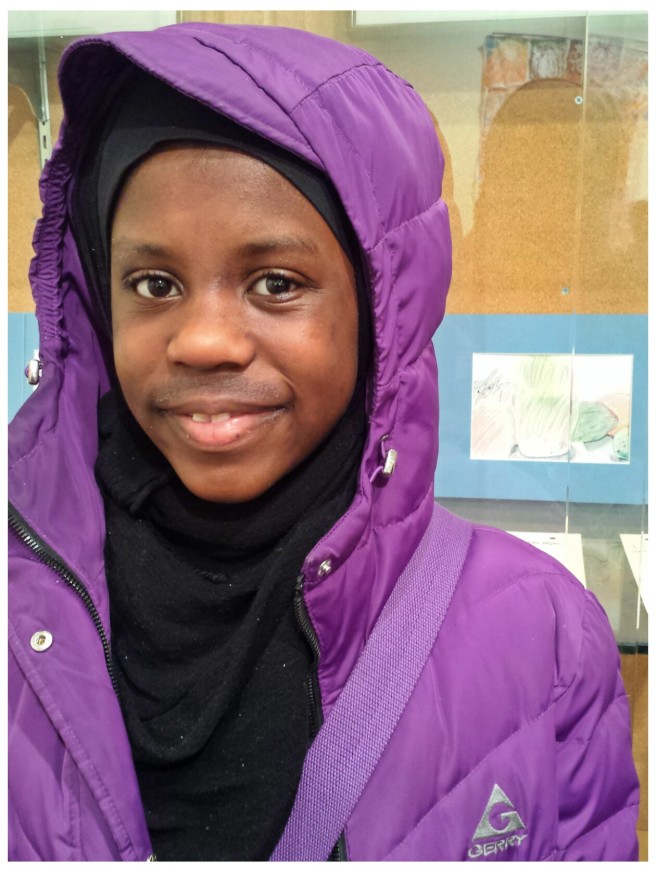
woods wise with ancestral knowledge
THIS is what “camp” is really all about.
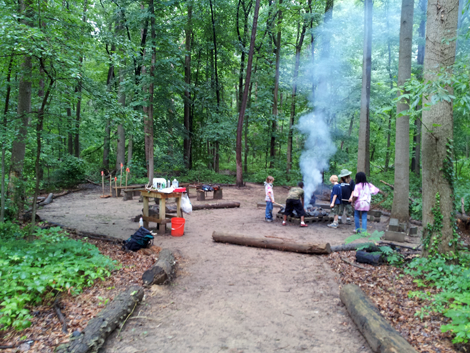
“Ancestral Knowledge uses nature and the wilderness as its classroom to connect our students with the ancient skills of our past. Ancestral Knowledge is the first in the DC Metro Area to use earth based living skills, nature awareness, primitive technology, and wilderness survival to create an environmental stewardship between our students and the Earth.”
homeschool days like this: Watkins Nature Center amphitheater
still catching up:
we were waiting for big sis to finish her homeschool science club at Watkins Nature Center.
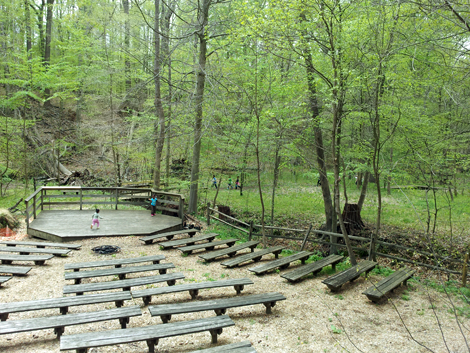
jaunting around jug bay
our neighborhood homeschool co-op visited Jug Bay again,
this time in the spring.
with our nets we scooped from the near side…

and the far side…

whatever we could coax into our nets from the sizeable vernal pool.
we’d scoop,
then pick gingerly through the leaves and other pond-ish muck
looking for signs of life.
vernal pools are of bodies water that,
rather have a water source like a stream or river,
are created by melting snow, water runoff and rains in the spring.
because of its transient nature, the vernal pools are fish-free
and are therefore fertile breeding habitats for animals like:
turtles,

dragonfly nymphs,

and LOTS of slippery, jelly-like frog eggs.

we used our tools to catch, examine

and then gently release,
like responsible nature stewards.

intermission: did you know that crawfish made castles? here’s one to prove it:

we lunched and had birthday brownies in honor one of our youngest homeschoolers,
then we went to the bay.
after trekking through the forest trails and in the dappled sunlight around vernal pools,
the view of the bay was breathtaking and quite humbling.

we then examined how the wetlands filter the water,
act as natural flood control,
provide food, shelter and nesting areas for animals,
and once provided food and medicines for local native people.
nearer to the water, the walkway looked like it was embedded in plain old mud,
but the six-foot pole our naturalist stuck into this “mud” nearly disappeared!

we saw skunk cabbage
(which did have a peculiar odor),
and jewelweed
(it’s luminescent under water and an excellent poison ivy treatment),

we also came across
poison ivy snaking symbiotically up a tree,

witch hazel, arrowhead, marshmallow and…
cattail.
some say it taste like cucumber.
others say it taste like potatoes.

we took a moment to see with our own eyes…

how this particular bay plant
— do you know what it’s called? —
acts as a sponge to clean our waters.

we left a few footprints

and headed home with our spirits revived from the majestic blessings of nature.
penjing, bonsai and hungry koi
after a regular (and, thankfully, fruitful) homeschool day
we decided to head back to the US national arboretum
to feed the koi in the aquatic garden.

all of the koi, it seemed, were well-trained to gather near passersby
expecting the fish food that many of them did not need.
there were several koi bigger than my 1 year old!
the large ones tumbled over each other near the edge of the pond,
their mouths making sucking sounds in the air,
while the smaller ones skirted the edge of the rumbling mound of
orange, gold, gray, black and white.

afterward we took a stroll through the bonsai & penjing museum.

there were beautifully-shaped trees older than — but not as beautiful as — my mother.


on the way out we took a slow detour through the conifer collection.
we plan to return yet again with sketch books in hand
to capture the beauty of arboreal nature,
and perhaps take a autumn stroll through fern valley.
at grandma mozell’s

you can never underestimate the positive effects of being outside on a child.
we stayed with grandma mozell’s for a while outside opelika/auburn, alabama.
ms. mozell has enough land where the girls can go outside
pretty much at their leisure
without too much adult supervision.
aya often would stay out til sunset
when she HAD to come in
— only returning inside for meals or bathroom breaks.
there was plenty of time for outdoor play,
bike riding,
puddle splashing,
bug watching,
leaf collecting,
wagon pulling,
bird chasing
and gardening with grandma.

one thing i’ve always liked about my grandma’s place
is the unexpected surprises i’d always find
in the garden and sheds packed with years of peoples stuff.
in this small garden vingnette an old boxing toy acts as a scarecrow
and a sea shell is a garden ornament.

ms. mozell tried to teach the girls how to chew sugar cane.

when we had to or wanted to go inside
we had books from the local library
and ms. mozell let us move a table
to an empty space inside her quilting studio
for painting, drawing, writing and crafts
(and so she could get a little quiet during her afternoon naps).


